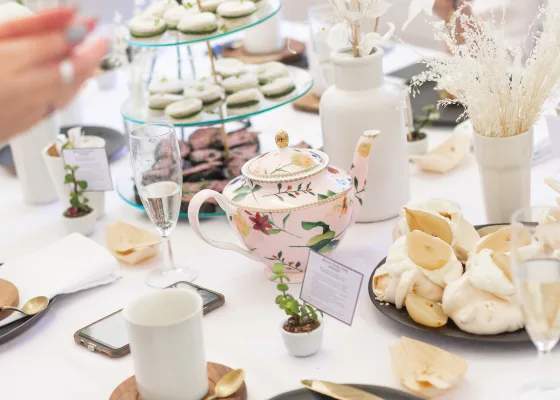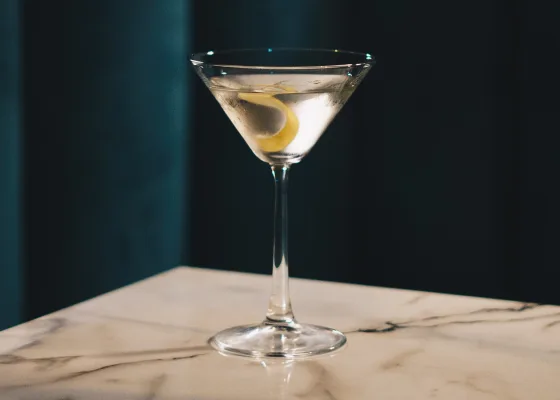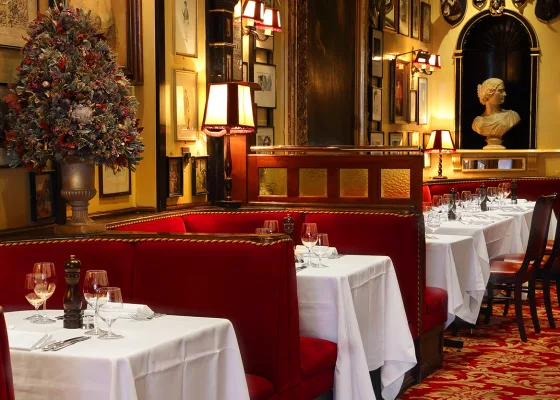Lord, lady, sir or Dame?
A guide to the noble titles of Great Britain.
The UK title system is known as the “peerage”. Up until 1958, all titles in the UK were hereditary peerages, conferred by the King or Queen of the day. Today, over half of the members of the House of Lords are life peers, signifying a shift away from inherited titles.
Hereditary titles have a hierarchy known as the five grades or ranks of the peerage, just as in various other European countries. The highest grade is duke/duchess, followed by marquess/marchioness, earl/countess, viscount/viscountess and baron/baroness. Dukes and duchesses are addressed with their actual title, but all other ranks of the peerage have the appellation Lord or Lady. Non hereditary life peers are also addressed as Lord or Lady.
So what about people known as Sir or Dame? These are individuals who have made outstanding contributions in their field and have been awarded official honors in the name of the reigning monarch. There are different categories, but only those receiving the highest level of award are entitled to use the title Dame or Sir.
The fashion designer Sir Paul Smith, for example, received a knighthood in 2000 from Queen Elizabeth II, while actress Dame Judi Dench received the female equivalent of a knighthood in 1988 – Dame Commander of the Order of the British Empire.
The honors system has nothing to do with inherited titles, although some still view the link to the establishment with suspicion. This goes some way to explaining why, between 1951 and 1999, 270 people privately turned down honours, including Roald Dahl, Aldous Huxley, Francis Bacon and Lucien Freud. John Lennon made a rather more public rejection when he returned his 1965 MBE (Member of the Order of the British Empire) to Her Majesty in 1969 as part of an ongoing peace protest with Yoko Ono.
Examples from across the title spectrum
Gerald Grosvenor the 6th Duke of Westminster One of the largest landowners in the UK, the Duke of Westminster had a solid military career, reaching the rank of major in 1995, before concentrating on his property portfolio.
Alexander Thynn the 7th Marquess of Bath An English politician, artist and writer, the eccentric aristocrat Lord Bath allegedly had over 70 girlfriends (whom he referred to as “wifelets”).
Lady James One of the UK’s most celebrated crime writers, P.D. James was created a life peer in 1991 as Baroness James of Holland Park. This gave her the right to sit in the House of Lords. She died in November 2014.
Sir Trevor McDonald The much-loved British newsreader and journalist was knighted in 1999 for his services to journalism. As a Knight of the Realm, Sir Trevor does not have the right to sit in the House of Lords.
Three perfect tips for any Lord, Lady, Sir or Dame

Traditional afternoon tea

The popular department store Fortnum & Mason has a long and distinguished link to the monarchy stretching back some 300 years. Enjoy classic afternoon tea the traditional way – with perfectly cut bread, fresh-baked scones and exquisite tea in the now-legendary Diamond Jubilee Tea Salon.

London’s best cocktails
Dukes Hotel

London
The iconic, timeless cocktail bar at Dukes Hotel serves what are reputedly the best Martinis in London. A sophisticated setting in classic English style, with both cigars and cocktails on the menu. This is also where James Bond legend Ian Fleming spent a lot of his writing time – and that alone makes this hotel a great place to stop during your trip.

London’s oldest restaurant
Rules

If you’re looking for traditional British food at an affordable price, pay a visit to Rules. Opened in 1789, the restaurant is London’s oldest, and its exciting history is reflected in the hundreds of paintings and photographs adorning the walls. The capital’s cultural elite have gathered here for generations – and you’ll feel it as soon as you step into this unique environment in central London.
Text by Emma Holmqvist Deacon